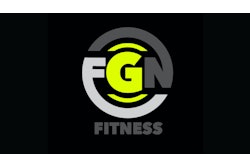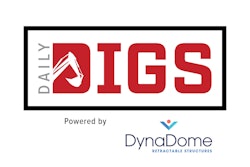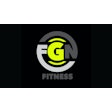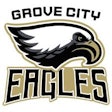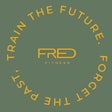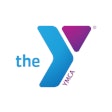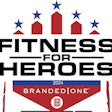To be relevant to older adults, your fitness center's marketing messages must reflect their needs, aspirations and lifestyles.
How can your facility become more visible to your target market? How can your messages be seen and heard by consumers who are bombarded by 5,000 advertising messages a day, according to the consumer research firm Yankelovich? The key is to become relevant.
Creating the right message
To be relevant, your marketing must reflect the lifestyles, needs and aspirations of your target market, plus achieve a response. It could be said that an example of irrelevant marketing is the way so many fitness centers have promoted exercise and physical activity. The findings of a newly released report from 15 U.S. government agencies suggest that these approaches - which focus on fitness to be fit, rather than fitness to function - have a limited audience.According to the Federal Interagency Forum on Age-Related Statistics' Older Americans 2008: Key Indicators of Well-Being, there "was no significant change in the percentage of older people engaged in physical activity between 1997 and 2006." It's time for more thoughtful approaches to marketing physical activity and exercise to older adults. To make physical activity relevant to this market, you need to promote "fitness to function."
Fitness centers also need to incorporate physical activity into a person's life through multidimensional wellness programs, and connect activity with what matters to the 50-plus population. Consider this list of what is relevant for this group: family and friends, fun social exchanges, self-actualization, control of physical and mental health, physicians' opinions, a company's/person's credibility and experience, feeling energetic and youthful (not necessarily young), travel, safety and preventing falls, a sense of belonging, giving back to the community, independence and finances. Research shows that these are only some of the things that resonate with this market.
Marketing example
In November 2007, the American College of Sports Medicine and the American Medical Association (AMA) announced the Exercise Is Medicine campaign. This program is designed to encourage Americans to incorporate physical activity and exercise into their daily routines. It also calls on doctors to prescribe exercise to their patients.A statement by AMA's president, Ronald M. Davis, M.D., offers this message for consumers: "Exercise is not just an option; it's a necessary, active and direct way for all of us to maintain good health, avoid illness, improve the quality of our lives, reduce healthcare costs and extend life expectancy. ... Many people would be astounded to learn how much difference a brisk 30-minute walk a few times a week makes in their overall health."
This approach is very different from what can be seen on the newsstands (think images of tight abs and bulging biceps). For older adults, AMA's message is relevant, because it talks about preserving health, avoiding illness, enhancing quality of life and saving money by reducing healthcare costs.
As more organizations come to support Exercise Is Medicine, maybe we will see a different picture of physical activity among older adults when the 2018 Key Indicators is delivered. (For information on how to become an active participant in this campaign, visit www.exerciseismedicine.org.)
Five Things to Include in Your Marketing1. Family and friends enjoying fun social exchanges. Include these images in your marketing pieces. Several years ago, AARP ran an ad that stated, "Strong arms give better hugs." This ad showed a grandmother hugging her granddaughter.2. Credibility. Attach the credibility of a well-respected organization to your program or message by forming a partnership or participating in an initiative (such as the Exercise Is Medicine campaign). You could also form a local advisory board and invite physicians and prominent business people to participate on it. 3. Giving back. Create one of your marketing messages around opportunities for older adults to get involved in the community, such as mentoring and volunteering. 4. Independence. Stress that adults 50 and older can preserve independence by maintaining their health, then combine this message with one about rewarding new experiences, such as travel, riding horses with grandkids or leading walking groups. This will associate health with independence and desirable experiences in your clients' minds. 5. Feeling youthful and in control. A focus on gaining or boosting energy levels will help your clients feel more youthful and in control of their health and well-being. Your marketing should show them how they will achieve these things, and use realistic models. |
||



















